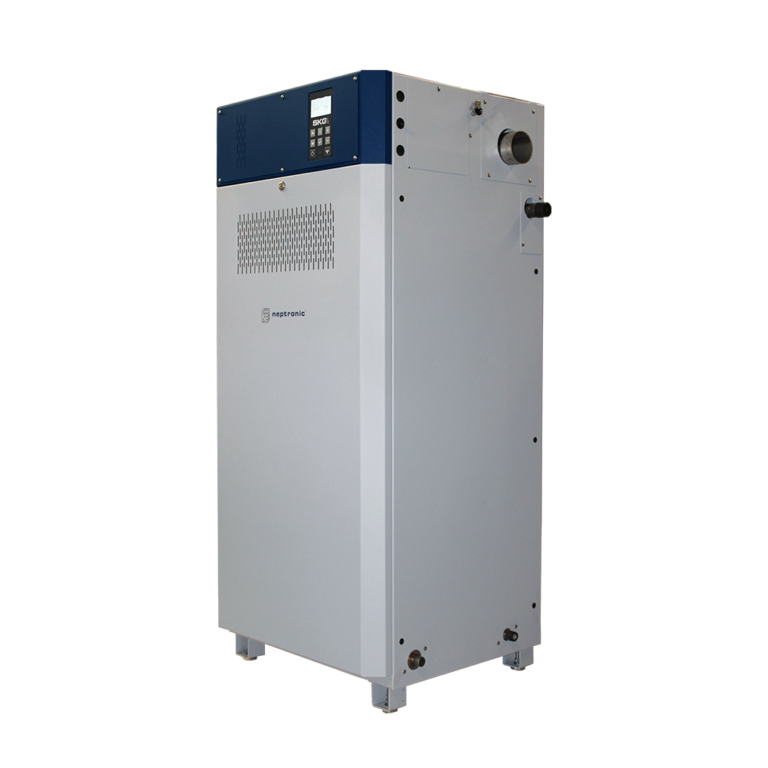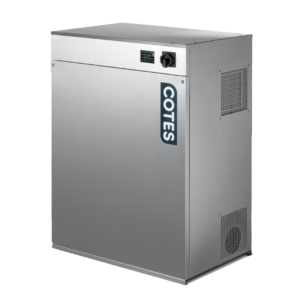In our last blog, we talked about the role humidity control plays in our produce industry. More specifically, how humidity control systems help keep crops fresh from the moment they are picked to when they hit your dinner table. If you haven’t read that one yet, you can find it here. Today we wanted to carry on this series by looking at a different area of the food production cycle – meats! You see, humidity control isn’t just essential in the crop growing industry. It’s also important for meat production, specifically in abattoirs and charcuterie facilities to hugely reduce financial losses and waste.
Abattoir Humidity
Abattoirs are an essential part of the meat production industry, but the main problem most facilities face is waste. As meat is brought in and processed, it is also cooled – taking it from a body temperature of 37°C down to 12°C in a 12-hour period. This helps the meat last longer, and preserves the quality of the cuts as they go through packaging and shipping. The problem is, during the cooling process a carcass can lose up to 3% of its total weight. While this might not seem like a lot in the grand scheme of things, it can make a real difference to the abattoir’s bottom line.
Let’s break that down a bit. On a full side of beef, 3% weight can be as much as 3kg. Meat products are generally bought and sold by weight, so 3kg loss on one side of beef is a pretty significant loss of profit. In fact, there is a calculation used to work this out:
Reduction in weight loss (kg) x the value of the product (£/kg) = money saved
Expand this over the course of a year, thousands of carcasses and hundreds of thousands of kg in lost weight, and the financial losses add up quickly. So naturally, abattoirs want to find ways to reduce the amount of moisture lost during prep and production. Humidity control is by far the simplest answer.
By installing humidifiers that produce very fine sprays from high-pressure water systems, abattoirs can surround carcasses with high humidity air – around 95%rh. This reduces the amount of moisture that evaporates from the meat and limits the amount of weight lost during refrigeration. Because the higher humidity air contains more water, the air around the carcass becomes a source of moisture, rather than a drain on it.
Charcuterie Production
Then we get to other sectors you might not have thought about. Charcuterie is one of those areas that humidity is often forgotten about. After all, it involves curing and drying meats, so why would you need to add moisture to the air? Well, it’s mainly because the environments for curing require strict levels of humidity and environmental control that can’t be achieved through domestic air conditioning systems. The meats used in charcuterie are predominantly made of muscle, which has a water content of around 75%. This means that in order to achieve proper drying, a RH of below 75% is essential. However, keep it below 70% and you risk drying the outside of the meat, which traps moisture inside the muscles and causes it to rot from the inside out. Regular temperature control systems simply can’t provide the level of close control charcuterie needs to be effective, which is why specialist humidity control systems are in such demand.
Humidity Solutions have delivered a bespoke humidification solution to the Chiltern Charcuterie in Buckinghamshire, which provides humidification for salami fermentation. Chiltern Charcuterie is a leading artisan producer, with award-winning salamis and air-dried charcuterie – butchering, curing, smoking and airdrying its own products using locally sourced meat. Their chosen solution uses an electrode boiler, compact steam humidifier that serves a 12m3 sealed fermentation room, using precise humidity controls to maintain the necessary conditions for quality and consistency. The humidifier provides up to 3kg/h of steam to maintain a precise 85% relative humidity and a temperature of 25°C. In a separate room designed for the drying process, a humidifier is working alongside a dehumidifier, which has been installed to ensure that the heavily moisture laden new product in the first stages of drying does not produce so much airborne moisture that it creates a mould problem. The desiccant dehumidifier controls the space at 80%rh, whilst the temperature is dropped to 12C. Chiltern
Charcuterie owner John Miller approached Humidity Solutions because of the company’s experience of designing tailored humidity control solutions. He recalled: “Humidity Solutions took the time to fully understand our requirements and propose the best solution – delivering the equipment within a few days. We are very pleased with the system and the service we received.”
So you see, humidity control is one of the most vital components in the entire food industry, and over the next few months we’ll continue to look at all the different areas humidification plays a part in protecting the food you eat. At Humidity Solutions, we supply humidity control solutions to abattoirs, cold stores, packaging plants and more – helping provide the perfect environment for meat production every time. If you would like to know more, just get in touch with us today.

